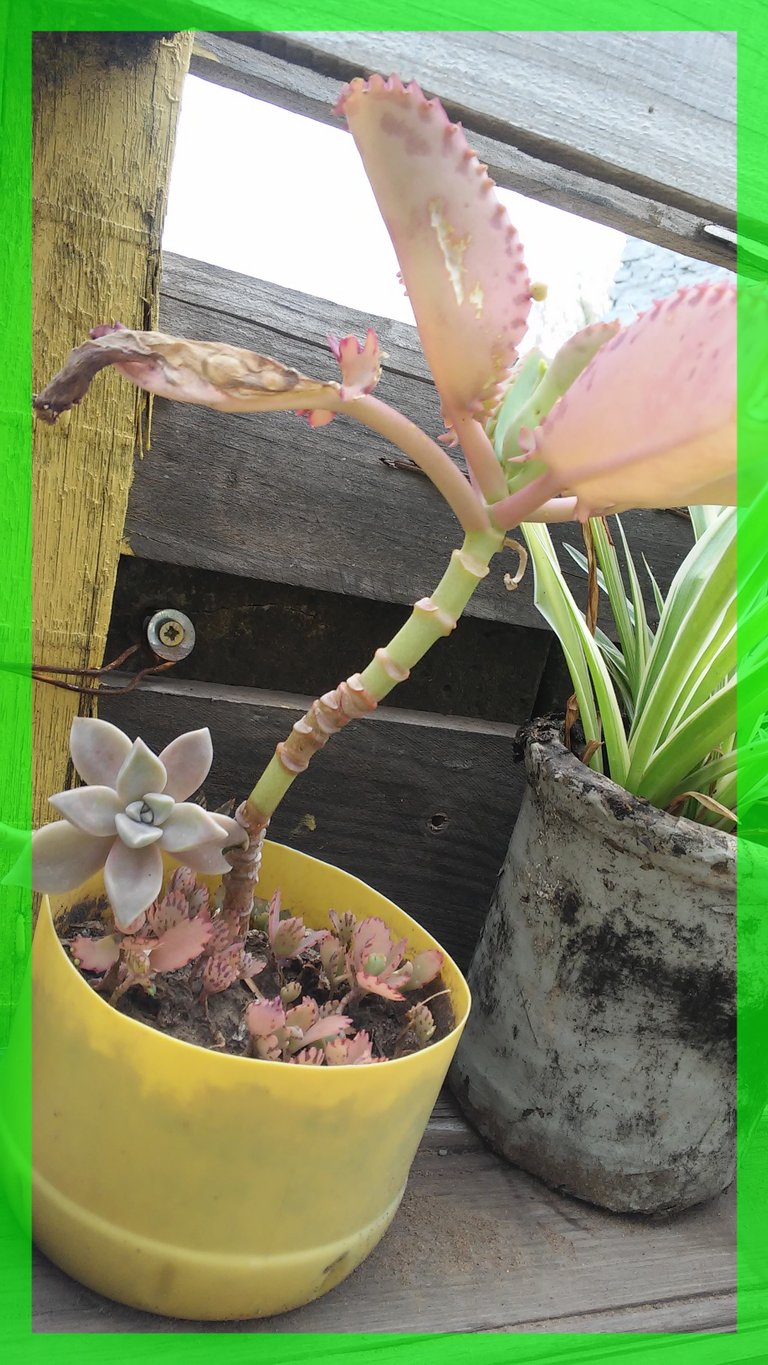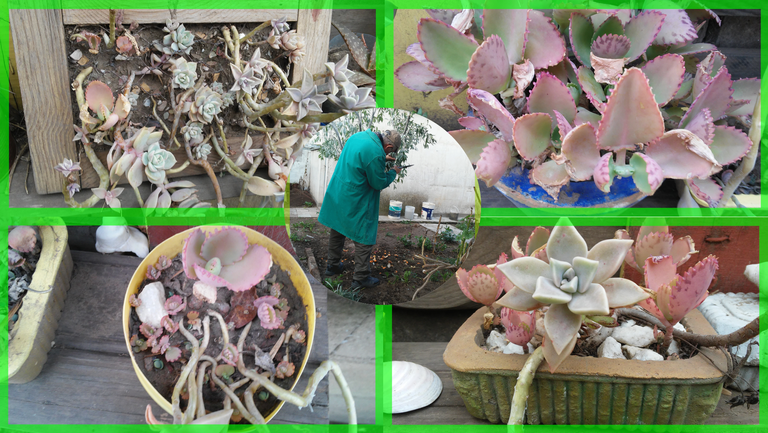
Philosophy and popular ingenuity sometimes give certain names to plants that identify them in a certain way with human beings.

This usually happened in the past when it was very difficult to acquire certain knowledge without a specialized text, such as an encyclopedia. Let alone knowing the name of plants, animals, flowers, and everything that surrounds and makes nature itself.
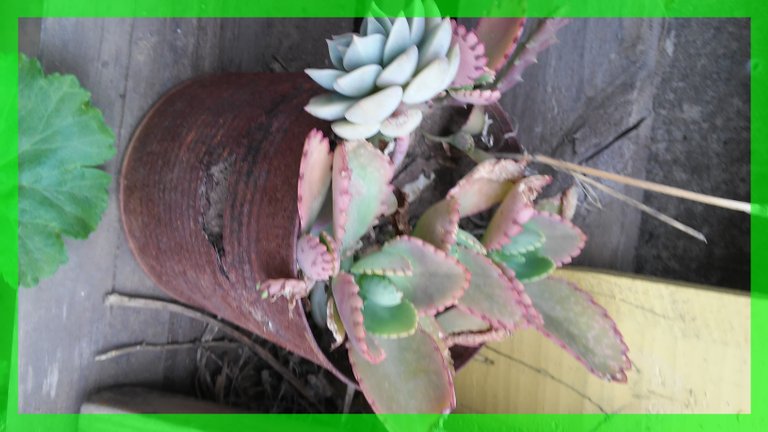
In these modern times any smart cell phone has an endless number of applications that allow to detect based on the photo what species it is with a high percentage of verisimilitude in the final result.
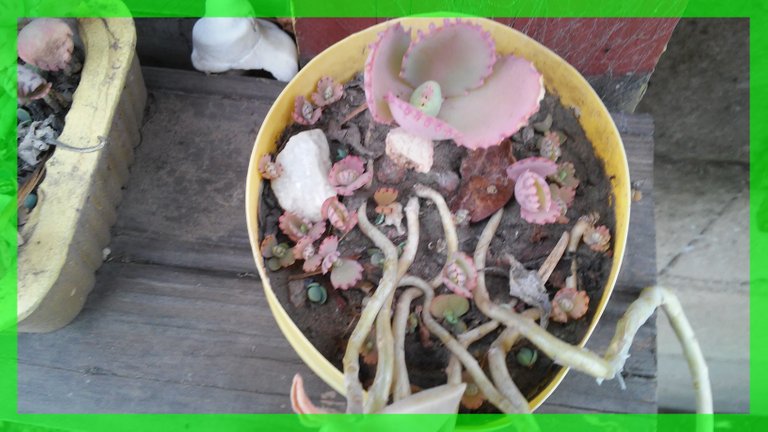
The garden plants have always had names in each country different from others, sometimes given by specialists, gardeners, garden lovers or simply people who have discovered a certain condition of the plant and from this they have renamed it.
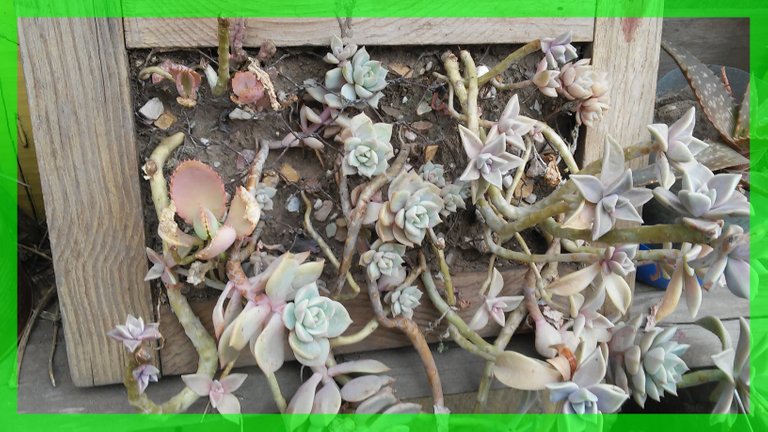
And today I am going to speak to you precisely about one of them that in my country is known with the name of "bad mother". Why this name? Because she drops her children and abandons them. At least if from the botanical point of view we understand as children those small seeds that grow in the contours of the leaf and that, by inertia, when they begin to dry, fall alone.

If there is a metaphor in the name, there is even more in its meaning, since when it falls on the ground automatically (or almost) it reproduces and generates a new plant, for this reason of "bad mother" it has really little...
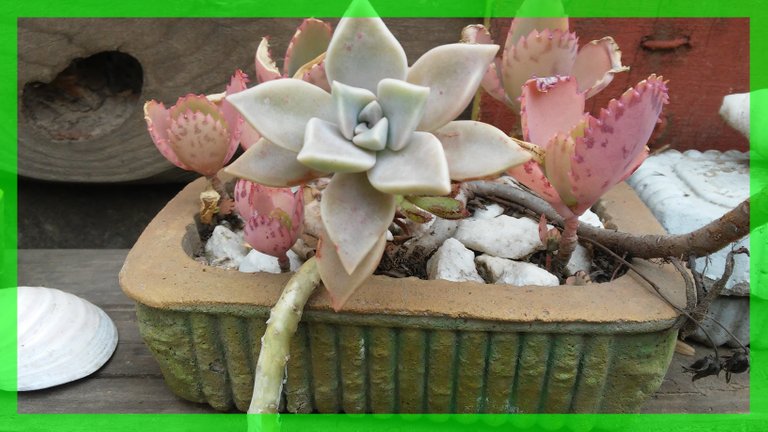
It is so easy to reproduce that you only have to take several seeds and place them in the ground anywhere and in a short time you will see the new plants grow. This is what I did with some of them a couple of months ago when I was pruning the citrus trees in my garden (orange and mandarin) which I talked about in detail and with photos in these posts. See now in the photos how they have developed.
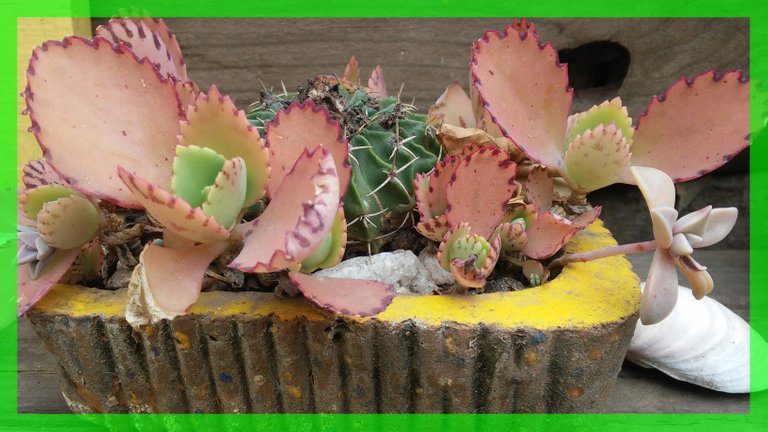
Its real name is Kalanchoe and some say that it is indispensable to have it outdoors because it produces cardiovascular complications. I really don't know, on the other hand succulents are almost always placed outdoors.
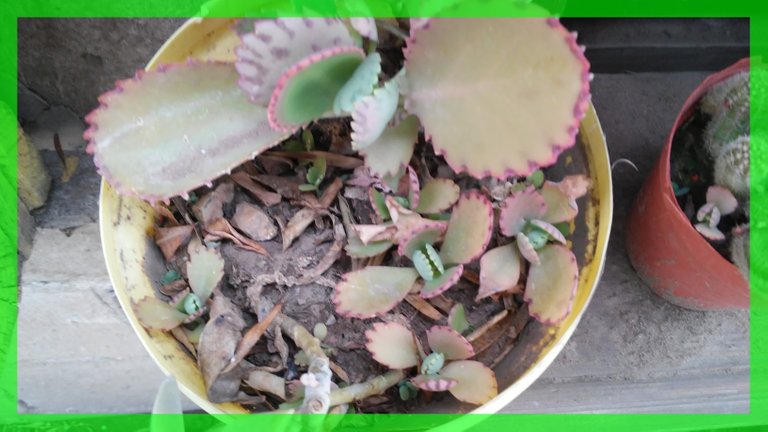
It has an African origin like many other succulents that support desert or extremely dry climates but then have been adapting without difficulty to more humid and less dry climates. Its main enemies are the excess of humidity and too low temperatures. In this case it is a good technique to protect them with a plastic sheet until this climatic condition is overcome.
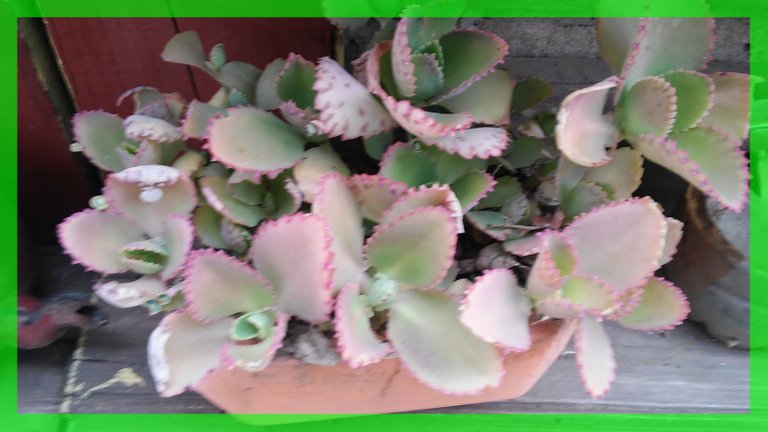
Like other succulents it has anti-inflammatory properties and often prevents the formation of kidney stones. However also as the rest of the succulents we must be attentive with its ingestion because it can be toxic. The idea is to remove the skin and apply the gelatinous substance that forms the leaf on the affected part that you want to cure or combat.
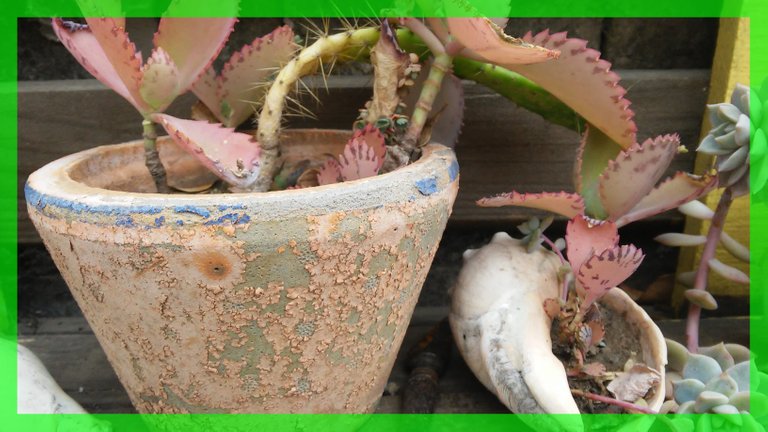
According to information I have in various treatises on gardening there are more than 125 species, detected so far worldwide, in different environmental conditions, because although it supports heat well, for example, it also supports the shade. Another characteristic is its resistance to pests and diseases.
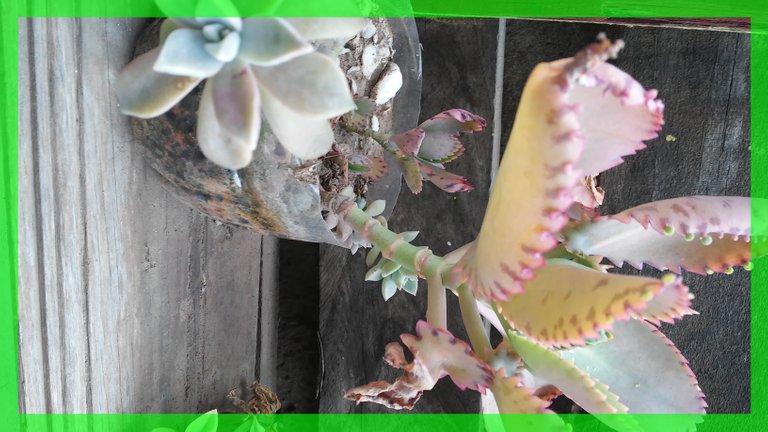
I have seen in some exhibitions a very nice Kalanchoe with red edges called "donkey's ears", actually the scientific name is gastonis-bonnieri), another variety is called "Goethe's plant" in homage to the German botanist who studied it for the first time.
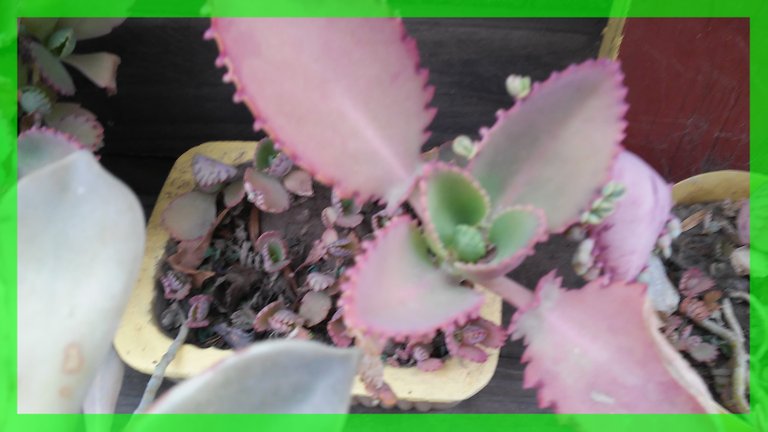
The varieties that I have in my garden are the most normal or common ones and belong to the Kalanchoe daigremontiana genus.
